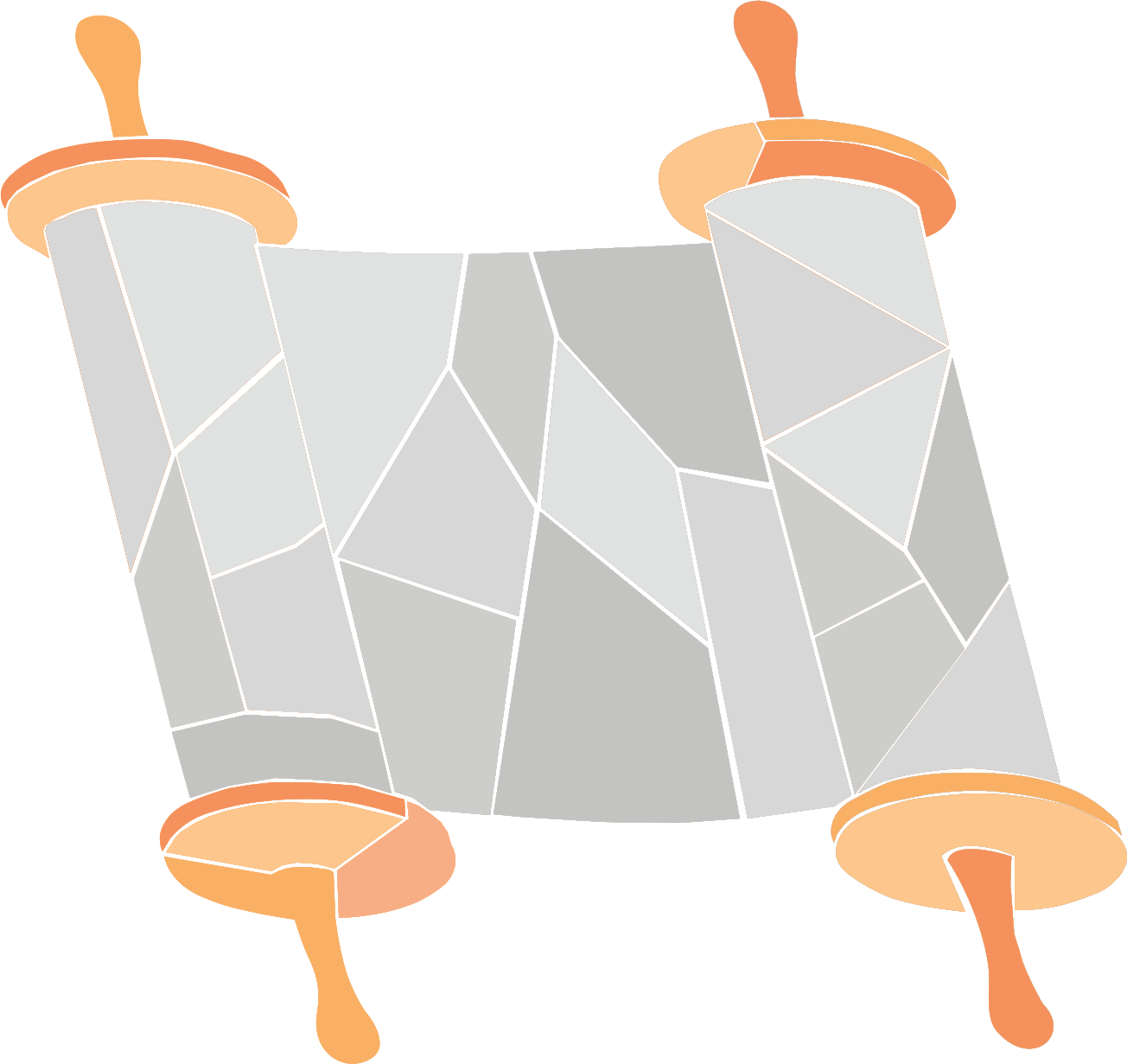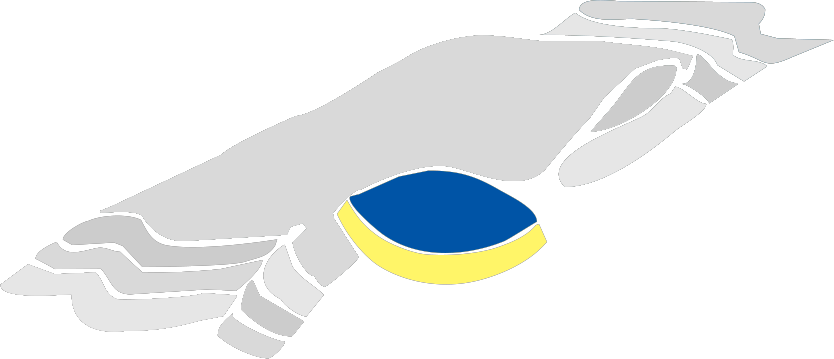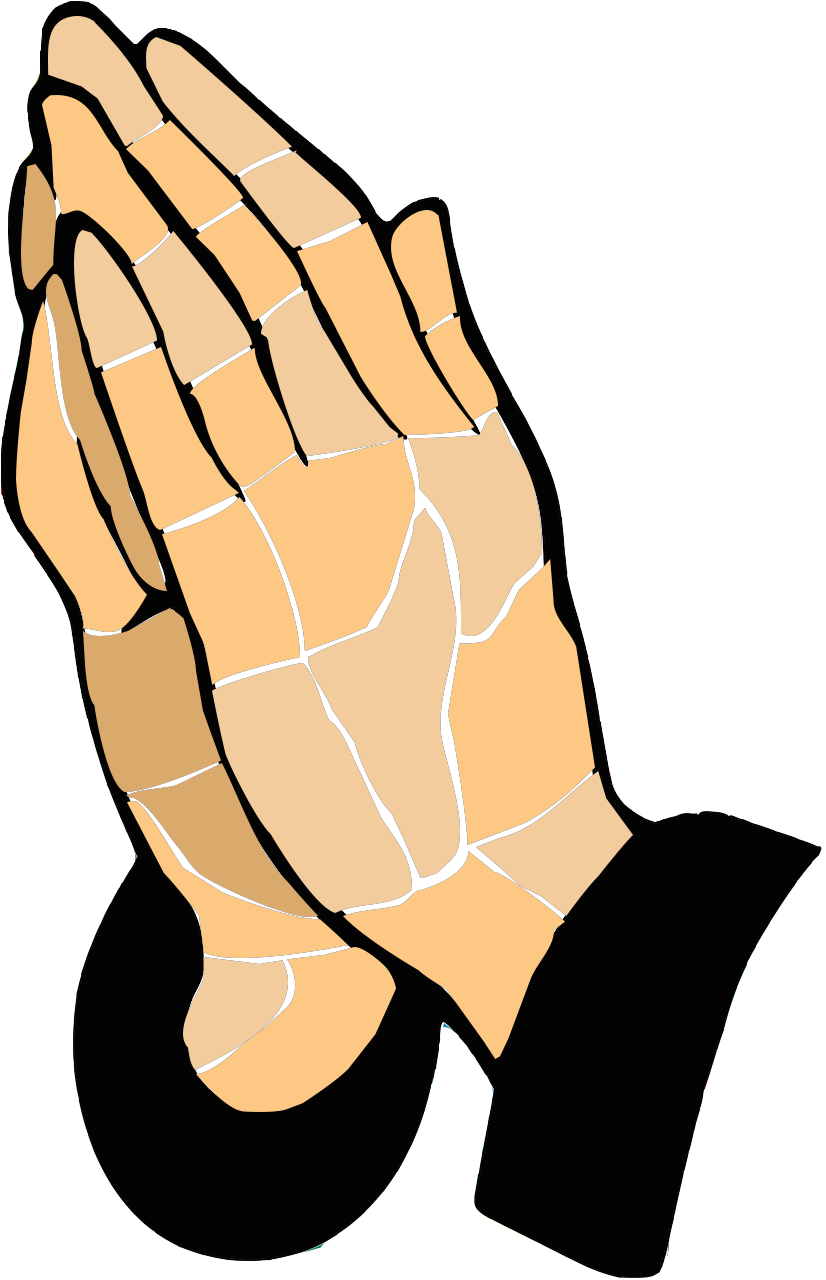Content Warning: This article discusses instances of homophobia and transphobia.
Hannah Travali-Peacock grew up going to church. The Weinberg second-year was the kid at Sunday school who knew all the answers, went to youth group every week and always read her Bible. But in 10th grade, she stopped going.
At a church retreat, a youth group leader compared being gay to being an alcoholic or having cancer. Travali-Peacock, who identifies as queer, came home from the trip and told her mom that she wouldn’t go to church anymore.
“It was very negative. Not always ‘going-to-hell’ type of messages, but very, ‘This is a sin. You can control yourself; you can be gay, but don’t be [outwardly] gay,’” Travali-Peacock says.
She describes this experience as her “final straw” and quit going to youth group. “It made it very hard to engage with faith and my conception of the text whatsoever because of the amount of delusional messaging I got,” Travali-Peacock says.
She only attended services for Christmas and Easter until this past year, when her mom found a more inclusive church.
“More recently, it’s less about, ‘Is God against this thing?’ and more about ‘How do I feel about God overall?’” Travali-Peacock says.
Historically, many LGBTQ+ people have had traumatizing experiences in religious spaces due to their identities, causing outsiders to question why they don’t leave. Ashley King, a visiting assistant professor of religious studies who received her doctorate from Northwestern this summer, says leaving is often not a viable option because of the ways religion is tied to one’s identity and community.
“That’s why religion can be so traumatizing to so many queer and trans people, because it does have that characteristic of being inside and outside, attached to us and deeply woven within us,” says King.
Approximately 25% of Northwestern University undergraduates identify as part of the LGBTQ+ community, according to the Associated Student Government’s Analytics Survey in 2020. Some have found acceptance and community in religious groups on campus by joining affirming organizations where they can openly discuss their identities. Others, though, found that their faith and sexuality conflicted with one another — and some left religion behind altogether — before they reached Northwestern’s campus.

"It’s a conflicting balance."
- Communication second-year Marlene Alanis
When Communication fourth-year Ilana Abusch told her grandparents that she had a girlfriend, their first question was, “Is she Jewish?”
“I personally don’t think that my queerness and my Judaism come into conflict at all,” says Abusch, who identifies as bisexual. “The messaging I got from all of my Jewish educators, my Jewish parents and Jewish family friends was always supportive.”
SESP fourth-year Bobby Read also received affirming messages from his religious community at home. Read, who identifies as gay, grew up in the United Church of Christ, which he describes as open and supportive. Due to the accepting messages he heard growing up, Read tries to share that queer people can have positive experiences in the church when given the opportunity.
“I’m not trying to change anyone into religion or impose my religion on them, but, at the same time, I want them to know that not every person experiences the same things in churches,” Read says. “Being able to share those positive experiences with [other LGBTQ+ people], it’s powerful for me.”
Not all LGBTQ+ students heard such reassuring messages from their religious communities back home. Medill second-year Maggie Sullivan, who identifies as lesbian, grew up attending an Episcopalian church that didn’t openly discuss queer people.
“Even if I was straight, for Mexican Catholic parents to have a daughter who even addresses having a sexuality at all is so taboo. To be not straight on top of that, I feel like it’s kind of a lot to give them.”
Communication second-year Marlene Alanis
“A couple of years ago, somebody was being confirmed and they were misgendered during the confirmation, and so that was extremely painful to watch,” says Sullivan, who was on the church altar at the time. “That affirmed that at the highest level of the bishopric, there would be no affirmation.”
Similar to Sullivan, Communication second-year Marlene Alanis grew up in a Catholic congregation where nothing blatantly homophobic was ever said. However, she says, the underlying messages were negative and reinforced the gender binary.
Alanis, who identifies as bisexual and nonbinary, describes their parents as supportive of the LGBTQ+ community. Still, they haven’t come out to their parents yet, a decision somewhat influenced by their Catholic faith.
“Even if I was straight, for Mexican Catholic parents to have a daughter who even addresses having a sexuality at all is so taboo,” Alanis says. “To be not straight on top of that, I feel like it’s kind of a lot to give them.”
LGBTQ+ students who didn’t hear affirming messages from their faith often turned to the internet to learn about gender and sexuality. Sullivan’s questions about faith and sexuality started in middle school. She remembers reading a Tumblr post that referenced Leviticus, which contains some of the most frequently cited verses to justify homophobia in the Old Testament. The post argued that the interpretation of those verses as condemning homosexuality was a misunderstanding of the original Hebrew, which actually referred to pedophilia.
“That thought broke my brain,” Sullivan says. “Hearing that there was the possibility that there was a textual basis for that stance, I was so shaken by that in a good way.”
From there, Sullivan did her own research and talked with people who she knew were safe resources to form her view that all sexualities are valid in God's eyes. Similarly, Travali-Peacock found others to talk with while exploring her own understanding of the intersection between religion and sexuality.
“I’ve found some friends who are queer and Christian as well, and talking to them about it has made a difference,” Travali-Peacock says. “It’s been helpful to explore theology in a way that I know in a safe space.”

"This is an accepting place."
- Julie Windsor Mitchell, University Christian Ministries Executive Director
Walking through the doors of Lutheran Campus Ministries (LCMNU) at Northwestern University, a certificate to the left proudly proclaims they are Reconciling in Christ (RIC). LCMNU has held this designation since 2004, which signifies their commitment to welcoming people of all sexualities and gender identities. Every January, LCMNU joins all other RIC communities on RIC Sunday to acknowledge and recommit to these values.
“I don’t think the Bible says anything about committed homosexual relationships,” LCMNU Pastor Deanna Langle says. “I think our world and our communities and our church often like to point fingers. They will point fingers at women, they will point fingers at LGBTQ+ people. We’ll find a way to blame someone else for being more sinful than us.”
At Northwestern, the Office of Religious and Spiritual Life serves as a resource for students regardless of religious identity.
The Office’s programs are open to people of all identities. Publicizing this is a “growing area” for the department, says Kristen Glass Perez, the University chaplain and executive director of religious and spiritual life.
“Everything is open, and everybody is welcome, but if everybody doesn’t know or think or feel that they are welcome, perception trumps reality,” Glass Perez says.
Northwestern’s five campus-affiliated religious centers are LCMNU, Hillel, University Christian Ministries (UCM), Sheil Catholic Center and Canterbury. They are all affirming spaces, meaning they welcome and support LGBTQ+ members. Religious leaders at each center emphasize that they want to meet every student regardless of identity or religious background.
“Historically, the church has said, ‘All are welcome,’ but then they mean except if you’re LGBT,” says Rev. Julie Windsor Mitchell, the campus minister and executive director of UCM. “I want students to know if they identify as queer, that this is a place where they’re going to be fully loved and embraced.”
For Jessica Lott, the campus rabbi at Hillel, this is especially important because not every Jewish student comes from the same denominational background or identifies as religious.
“I come from a tradition that says that we’re supposed to constantly adapt to the reality of the world,” Lott says. “We are the inheritors of Jewish tradition, and we are the creators of what Jewish tradition should be today.”
“Historically, the church has said, ‘All are welcome,’ but then they mean except if you’re LGBT. I want students to know if they identify as queer, that this is a place where they’re going to be fully loved and embraced.”
Rev. Julie Windsor Mitchell, campus minister and executive director of University Christian Ministries
Hillel is working to establish a queer affinity space this year that will become a central part of its marketing. Natalie Dibo, the director of engagement at Hillel, hopes it can be a space where students learn about the intersection of their Jewish and queer identities.
Dibo, who identifies as queer, tries to make her queer identity known to students whenever possible to model that queer people can live fulfilling Jewish lives.
“Hillel would not be doing our job if this isn’t a priority,” Dibo says. “I’ve come to see the two, not as interchangeable — because they’re very unique — but interdependent. You can’t really break my queerness away from who I am as a Jewish person and how I came to be that person.”
Each center is impacted by the views of the religious denomination they fall under. LCMNU belongs to the Evangelical Lutheran Church in America, a progressive wing of the Lutheran Church that has ordained LGBTQ+ ministers since 2010. Meanwhile, Sheil Catholic Center is a member of the Archdiocese of Chicago, which welcomes LGBTQ+ people but can’t bless same-sex unions due to regulations passed down by the Vatican.
“The church isn’t going to change her teaching on marriage tomorrow and probably not in a year, probably not in five years, but I think in the meantime, you don’t just abandon a whole community,” says Chaplain and Director of Sheil Bradley Zamora. “Queer people enrich the fabric of life that is the Catholic Church.”
At the clubs and organizations fair earlier this year, Sheil, LCMNU and UCM made it a point to display a rainbow somewhere on their promotional materials.
“It’s critical to have the rainbow out somewhere, so [students] know that it’s a safe place, and that they hear themselves named in worship, that they hear LGBTQ students preaching, leading, doing all kinds of things here,” Langle says.

"I never felt like I needed to hide it from anyone."
- SESP fourth-year Bobby Read
After coming out the summer before his first year at Northwestern, Read knew that he wanted to join an affirming group on campus. He tried out various Christian student groups that promoted themselves as open and accepting, but he says that some of the ways they talked about Bible verses made him question that messaging. Eventually, he went to UCM and stayed.
“There’s rainbows on all the logos and they’re like, ‘We are queer-affirming and accepting,’” says Read, who now serves on the board of directors at UCM. “The fact that we’re so open about that and so loving and caring and affirming in that message, I think that really stuck with me.”
At Hillel, Abusch feels similarly, having always found it to be a “community where queerness is wholeheartedly accepted.”
“They make it their priority that if you are queer and if you are Jewish and you want to figure out what that means to be both, then you can do that and you should do that at Hillel,” Abusch says.
Last year, Abusch helped teach Hillel’s quarter-long seminar “Sex, Love and Relationships.” The International Hillel curriculum had one specific day designated for LGBTQ+ relationships, but Northwestern’s Hillel team felt it aligned more with their values to have examples of queer love integrated throughout. Abusch enjoyed assistant teaching and appreciated that her queerness was able to come into the conversation.
“They make it their priority that if you are queer and if you are Jewish and you want to figure out what that means to be both, then you can do that and you should do that at Hillel.”
Communication fourth-year Ilana Abusch
For Read, little things, like having a rainbow flag in the corner, go a long way in making a religious space feel safe. From his perspective, sexuality isn’t a ‘hot topic’ at UCM because everyone recognizes that although they may interpret things differently, they’re all supportive.
“It’s just a very safe space for that dialogue to take place and happen,” Read says. “These people understand and accept me for who I am, and that was really important to me in finding that faith-based community on campus.”

"These can’t coincide for me."
- McCormick second-year Ben Lankfer
Until Northwestern, Communication third-year Dani Goldberg had only gone to Jewish schools. While they never doubted that they would be accepted as the first student in their school to come out as gender non-conforming or nonbinary, they had to work with administration to accommodate their identity.
At Goldberg’s school, male students were required to wear kippahs. Students also participated in various Jewish practices, including tallit, a prayer shawl worn during morning prayers, and tefillin, a set of small black boxes containing scrolls with Torah verses that are wrapped around the arm and forehead. Male students were required to participate in these rituals, while female students were exempt but could participate if they wanted to.
“It was just uncomfortable for me to be so grouped in with the men in such a binary way,” Goldberg says. “Because I wasn’t identifying as a woman, technically I wasn’t exempt, and so there was a lot of pushback.”
Goldberg was eventually allowed to not participate in the gendered rituals, but convincing the head rabbi was difficult, something they think was more due to tradition than actual beliefs. As Goldberg grew older and realized they were more interested in the cultural aspects of Judaism, they stopped attending weekly temple.
McCormick second-year Ben Lankfer also grew up in a religious environment, attending Catholic school from sixth grade through high school. While he didn’t come out as gay until his senior year, he says that “everyone knew” before then.
As Lankfer began coming to terms with his sexuality in middle school, he tried reconciling his queerness with his faith. As the teachings around homosexuality in his religion classes became more blatant, he realized the two identities couldn’t coincide for him. He stopped identifying as Catholic his junior year of high school and now identifies as agnostic.
“Whenever I go to a church now, there’s just parts of me that they objectively disapprove of,” Lankfer says. “I know of some gay Catholics that are okay with living a life of chastity and are able to put the church first, but that just doesn’t really seem ideal for me.”
Travali-Peacock still identifies as Christian but describes herself as a “doubting Thomas,” a Biblical reference that refers to skeptics who refuse to believe without direct personal experience.
“Whenever I go to a church now, there’s just parts of me that they objectively disapprove of.”
McCormick second-year Ben Lankfer
Both Lankfer and Goldberg don’t think they’d still be religious even if they weren’t members of the LGBTQ+ community. Lankfer has other problems with the Catholic Church, and Goldberg describes themself as “not a spiritual person.” Travali-Peacock wonders if she even would’ve started questioning her faith had the church not been a source of negativity.
Even for those who have reconciled both identities, that potential conflict remains present. For some, it manifests in being careful about the kind of religious spaces they enter. For others, it’s about knowing they can’t change everyone’s mind.
“There have always been queer and trans people in every single religious tradition who have found ways of making it work, or, at the very least, constructed that kind of provisional balance or acceptance of the contradiction between those things,” King says. “[They] have, nevertheless, been able to contribute both to their religious tradition’s history as well as to queer and trans history.”
